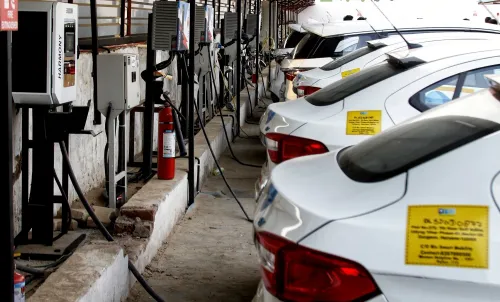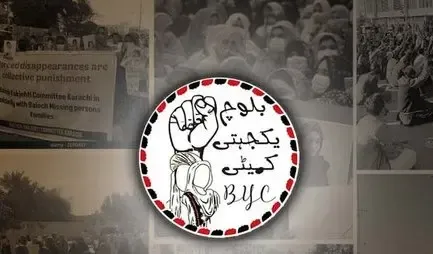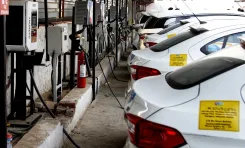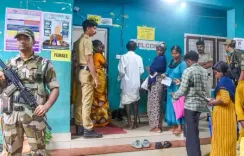Why Are Over 145,000 People Displaced Amid Ongoing Violence in Syria's Sweida?
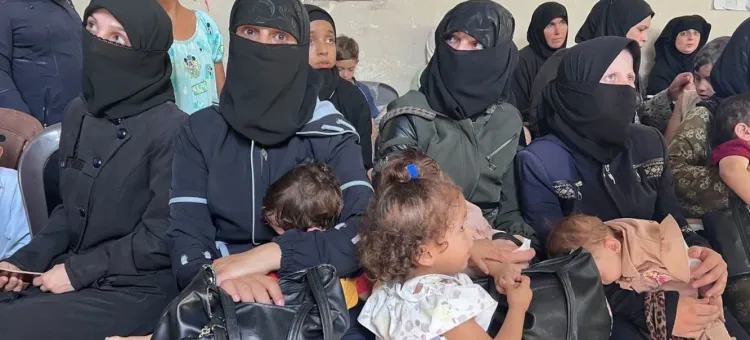
Synopsis
Key Takeaways
- Over 145,000 individuals displaced in Sweida due to violence.
- Humanitarian access remains severely restricted.
- Basic services, including food and water, are critically disrupted.
- Explosive remnants pose additional risks to vulnerable populations.
- Ongoing efforts by humanitarian organizations are essential to address urgent needs.
Damascus, July 24 (NationPress) Despite a declared truce, intermittent clashes, drone strikes, and ground combat continue to plague Syria's Sweida province and adjacent regions, resulting in the displacement of over 145,000 individuals, according to the United Nations.
The UN Office for the Coordination of Humanitarian Affairs (OCHA) reported on Wednesday that violence occurring from July 20 to 22 has involved mortar fire and aerial operations, further harming civilians and forcing thousands to escape, as noted by Xinhua news agency.
Many of those displaced have remained within Sweida province, while others have sought refuge in nearby Daraa and Rural Damascus governorates.
Access to essential services remains critically impaired throughout Sweida.
The UN highlighted widespread outages in electricity, water, fuel, and telecommunications, while food insecurity is escalating due to market disruptions and bakery closures.
Humanitarian organizations have begun to address the crisis, providing medical assistance, protective services, food, clean water, and non-food items to affected populations, although their efforts are hindered by access challenges.
Two distributions of aid from the Syrian Arab Red Crescent (SARC) have reached parts of Sweida and Salkhad districts, offering food, fuel, and medical supplies.
The UN cautioned that displacement continues, with overcrowded shelters, inadequate sanitation, and contamination from explosive remnants increasing protection risks for already vulnerable groups.
Over 93,000 Syrians have been displaced in Sweida, Daraa governorate, and Rural Damascus due to intensifying violence in the region, as stated by UN Spokesperson Stephane Dujarric during Monday's press briefing in New York.
The majority of displaced individuals in Sweida are residing with local families or in one of 15 reception centers, while around 30 collective shelters have opened in Daraa.
Infrastructure and services are deteriorating in the area. Some hospitals and health facilities in Sweida are currently non-operational, water systems have suffered critical damage, significant electricity outages have been reported, and food access is disrupted.
A convoy of 32 trucks delivered food, water, medical supplies, and fuel from the World Food Programme (WFP), the UN Children's Fund (UNICEF), and other partners.
UN Emergency Relief Coordinator Tom Fletcher praised this initial delivery on social media, describing it as a "desperately needed first step, yet much more relief is essential."
Dujarric emphasized that as the UN engages relevant parties to facilitate humanitarian access and ensure civilian protection, the OCHA is collaborating with authorities to facilitate a direct visit to Sweida for aid delivery when security permits.
Fletcher echoed this sentiment, stating that OCHA teams "are mobilized to deliver as much aid as possible."
"We continuously urge all parties to safeguard individuals caught in the violence, including allowing them the freedom to seek safety and medical care," Dujarric concluded.

